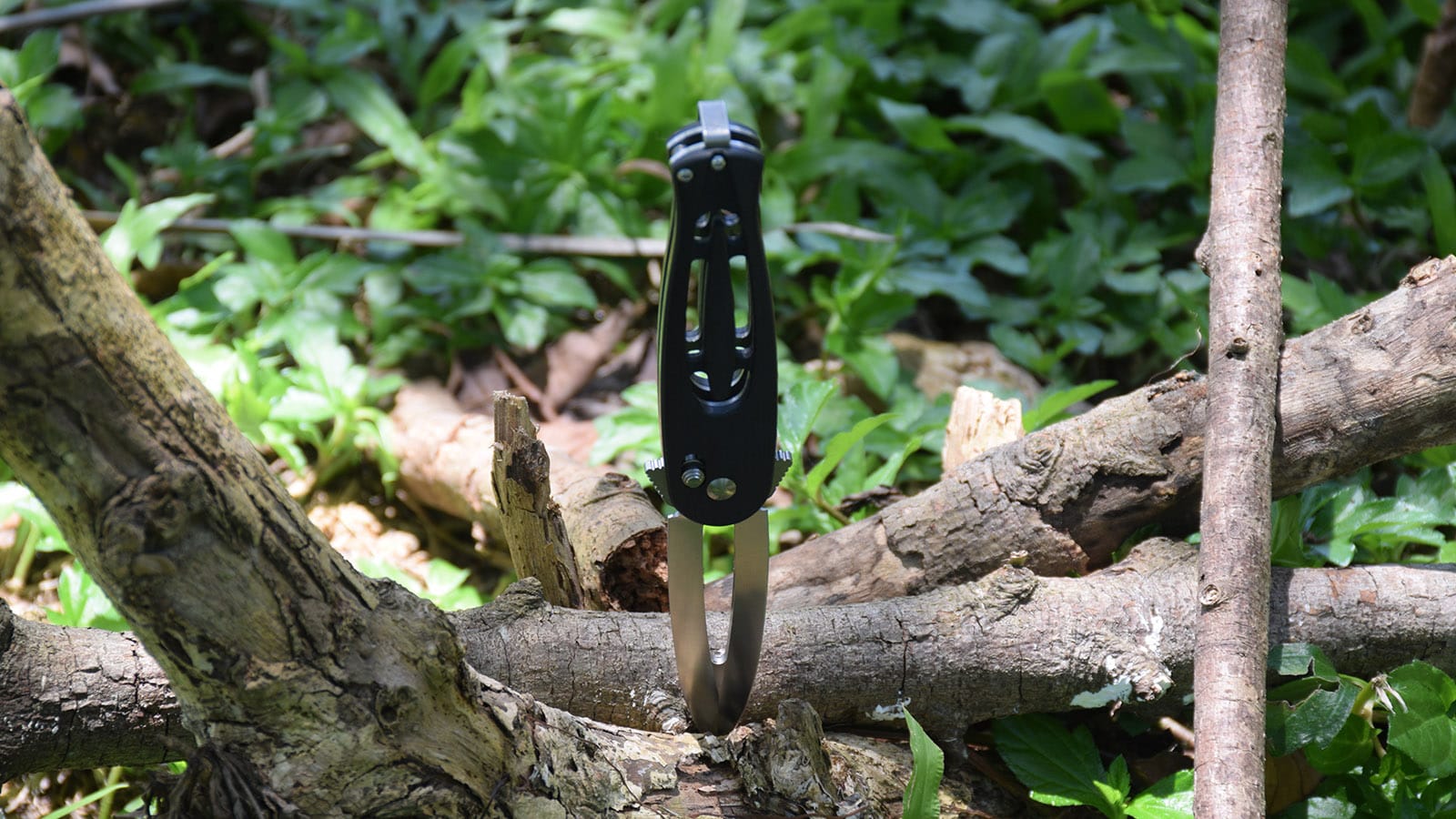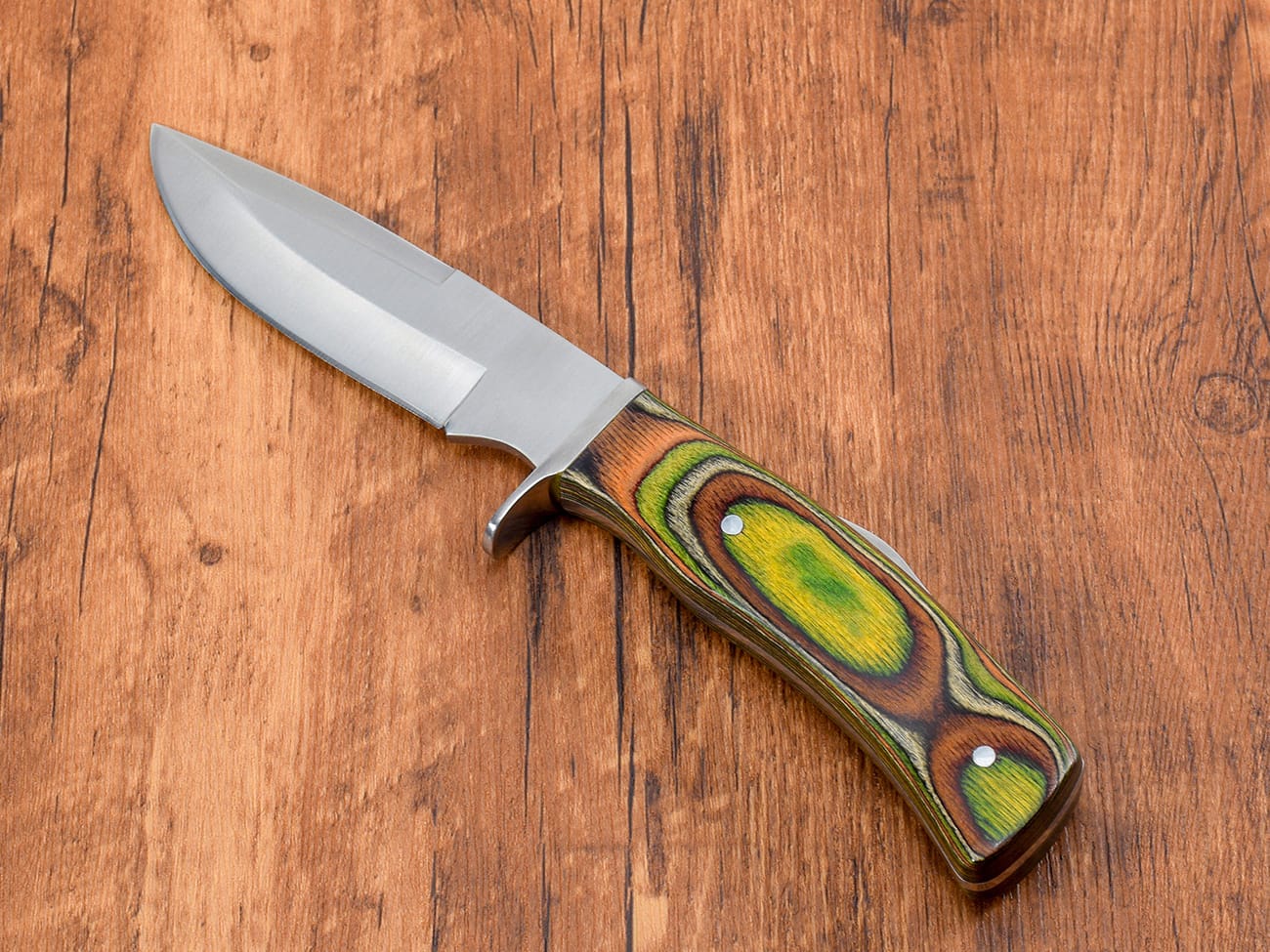Opening a pocket knife quickly and safely is an essential skill for any EDC enthusiast or outdoor adventurer. Whether you need your knife for everyday tasks or emergency situations, mastering rapid deployment techniques can make a significant difference. This comprehensive guide will walk you through various opening methods, safety considerations, and expert tips to help you become proficient at accessing your blade swiftly and securely.
What Makes a Pocket Knife Quick to Open?
The speed at which you can open a knife depends largely on its design features. Custom folding knives often come with various opening mechanisms like thumb studs, flippers, or thumb holes that facilitate quick deployment. The locking mechanism, pivot smoothness, and overall construction quality also play crucial roles in how quickly you can access the blade.
Common Opening Methods for Quick Deployment
There are several ways to open a folding knife rapidly. The most popular methods include:
- Thumb stud deployment
- Flipper tab activation
- Thumb hole opening
- Wave feature (Emerson opener)
- Button lock release
- Axis lock manipulation
How to Master the Thumb Stud Technique?
Start by holding the knife firmly in your dominant hand. Position your thumb on the stud and apply outward pressure while maintaining a secure grip on the handle. The key is to use your flexed thumb to push the blade into the open position smoothly and confidently. With practice, this method becomes second nature and allows for one-handed opening.

A modern EDC knife with thumb stud opener
Mastering the Flipper Mechanism
EDC pocket knives with flipper tabs offer perhaps the fastest opening method. To use a flipper or thumb stud effectively:
- Grip the knife handle securely
- Place your index finger on the flipper tab
- Pull back quickly and deliberately
- Let the detent do its work
- Allow the blade to lock into position
Safety Considerations When Opening Quickly
While speed is important, safety should never be compromised. Keep these points in mind:
- Always be aware of the blade’s opening path
- Maintain a proper grip on the knife
- Ensure the locking mechanism engages fully
- Practice in a controlled environment
- Keep your fingers away from the blade’s travel arc
How Does the Frame Lock Affect Opening Speed?
Custom pocket knives with frame locks are significantly different from other locking mechanisms. The frame lock provides excellent stability but requires specific handling techniques for fast deployment. Understanding how your knife’s locking mechanism works is crucial for quick and safe operation.
Tips for Quick Access from Pocket Carry
Being able to draw your knife quickly from your pants pocket is just as important as opening it. Consider these factors:
- Proper pocket clip positioning
- Optimal carry position
- Clothing considerations
- Ambidextrous access options
- Practice draws with a closed knife
What Role Does Maintenance Play?
Regular maintenance is crucial for consistent quick opening. Keep these aspects in check:
- Pivot tension adjustment
- Clean and lubricated mechanisms
- Smooth detent action
- Well-maintained pocket clip
- Regular inspection of opening mechanisms
Advanced Techniques for Rapid Deployment
Once you’ve mastered the basics, you can explore more advanced opening methods:
- Momentum-assisted openings
- Combined drawing and opening motions
- Specialized grip techniques
- Alternative carry positions
- Emergency deployment scenarios
Common Mistakes to Avoid
When learning to open a knife quickly, watch out for these common errors:
- Improper grip pressure
- Inconsistent technique
- Rushing the learning process
- Neglecting maintenance
- Ignoring safety protocols
Key Points to Remember:
- Always prioritize safety over speed
- Practice regularly with your specific knife
- Maintain your knife properly
- Choose the right opening method for your needs
- Stay within local legal requirements
- Keep your blade clean and well-maintained
- Master one technique before moving to others
Internal Link: Learn more about knife lock typesRemember, the key to opening a pocket knife fast lies in consistent practice, proper maintenance, and choosing the right knife for your needs. Whether you prefer a button lock, axis lock, or traditional folder, the principles of safe and quick deployment remain the same.




